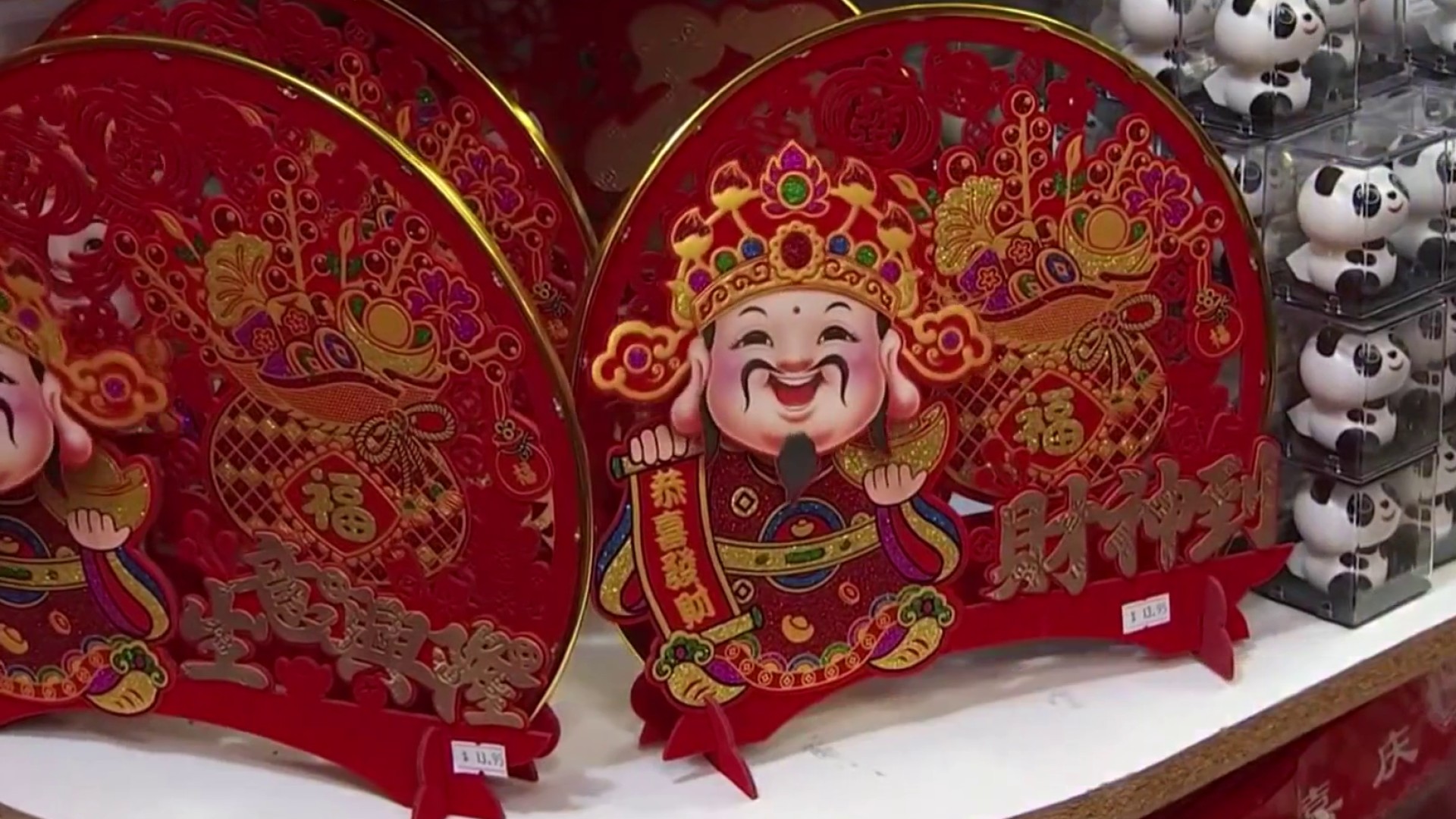A mural by famous Mexican artist Diego Rivera is hidden away, but preservationists are trying to make sure it gets the attention it deserves. Joe Rosato Jr. reports.
Will Maynez let his eyes pour over the giant colorful mural blanketing the lobby wall of San Francisco City College's Diego Rivera Theater. Even though he'd studied it hundreds and hundreds over the last two decades, he looked for new details.
"The new insights come all the time," Maynez said.
Rivera painted the mural in 1940 on Treasure Island for the Golden Gate International Exposition. When the fair closed the mural was slated for a planned City College library which got scuttled because of World War II. Instead the massive fresco languished for decades before it was finally moved to a somewhat ill-fitting wall in the new theater.
"This is the last vestiges of a San Francisco that existed prior to the war," said Maynez, the mural's self-appointed curator.
While Rivera's mural has been visually dissected and interpreted for decades -- his colorful slant on the politics and characters of the day -- it is nothing compared to the scrutiny it got recently when a team from Cultural Heritage Imaging spent four days photographing every inch of the mural with high definition 3-D imaging.
The imaging was so detailed it not only revealed the paint strokes of each image, it could also show the topography of the mural's plaster surface -- even revealing where a day's plaster job ended and another began.
"We could really look at the surface of this mural, of the plaster to understand how Rivera made it," said Carla Schroer, who along with her husband Mark Mudge founded and operate the non-profit preservation organization.
Local
The four-day photography session, executed on scaffolding, resulted in 1,500 images with such definition the company will have to rent a high power computer to even look at them all. Mudge said the photography will create a lasting record of the mural in its current state.
"Today we can say we have the data in the bank for the Diego Rivera mural," Mudge said from the company's Dogpatch studio, "such that people who are not yet born will be able to enjoy the mural whether it exists at that point or not."
The long-term existence of the mural was the original motivation for the high-tech photography sessions. The images are intended to reveal the state of the plaster fresco; any damage, flaws or issues that might hamper its potential relocation, which Maynez would like to see happen in the near-future.
"That's what we've collected here is the information that tells us exactly what's going on with this fresco mural as a physical object," Schroer said.
Maynez said the room where the mural resides isn't deep enough to fully take-in the entirety of Rivera's split themes of Mexico City scenes on one said, and Northern California on the other. Its varying themes include Charlie Chaplin's film The Dictator, Yaqui tribal dances, Rivera holding hands with his mistress, Charlie Chaplin's wife Paulette Goddard while River's then-ex-wife Frida Kahlo stands nearby.
The industrial age is set among the San Francisco Bay, where artists and laborers cavort along side movie stars and historic political figures.
"He must've had a big smile on his face," Maynez said of Rivera. "'Oh, they're going to like this.'"
Maynez wants the mural to eventually be moved -- ideally to a yet-to-be built performing arts building on campus. Plans for that new building were created but the project was abandoned after City College ran into issues with its accreditation. Maynez sees the mural as a possible solution to the college's troubles.
"So this mural should be leveraged into getting these kids here," Maynez said. "City College needs students, these students need to be in college. This mural is a way to get them on campus."
Maynez, who volunteers his time, leads regular tours of the mural. He has spent countless hours playing detective, tracking down original notes and drawings revealing the identities of the hundreds of characters and scenes in the fresco. He hopes the highly-detailed new photographs will bring new attention to a masterpiece he said is not well known.
"One of the goals here is by having really good imagery we can make it more widely well known," Maynez said. "If nobody knows who we were five years ago, it doesn't matter. It's been so much fun being a steward of the mural."



